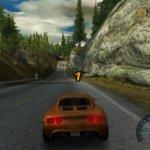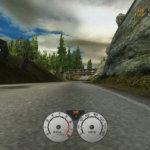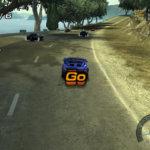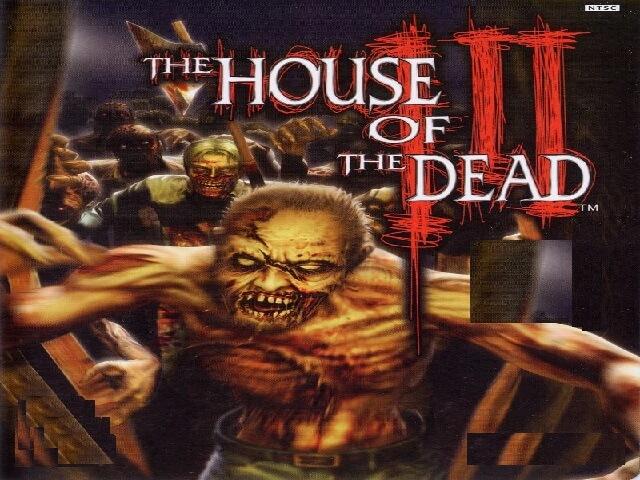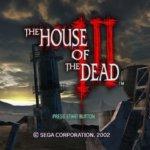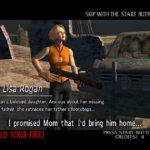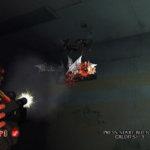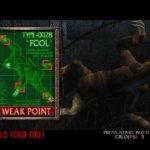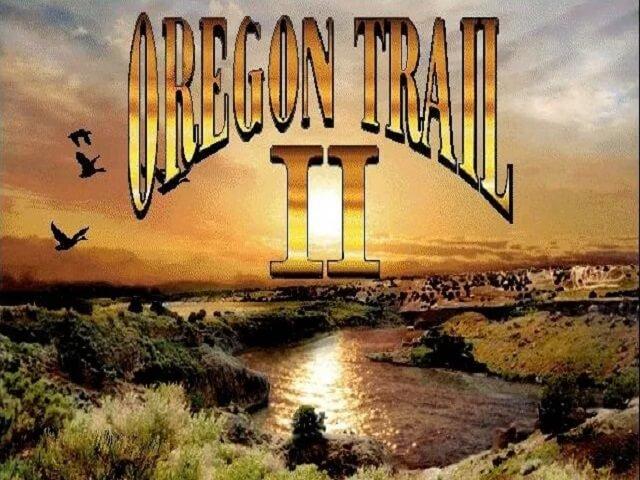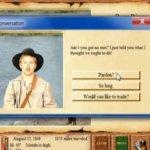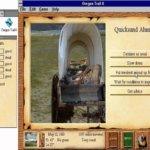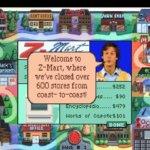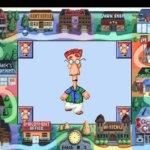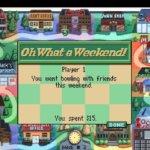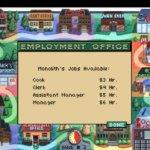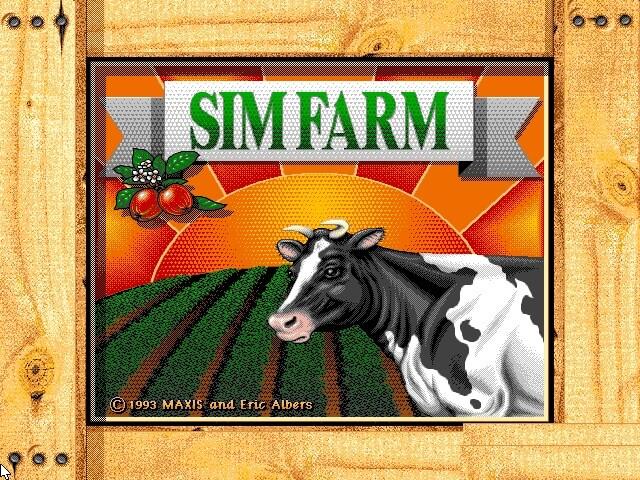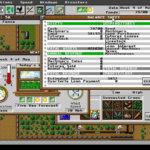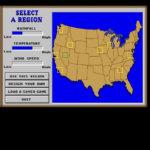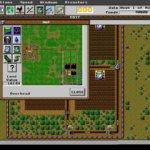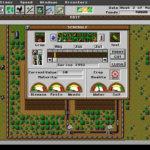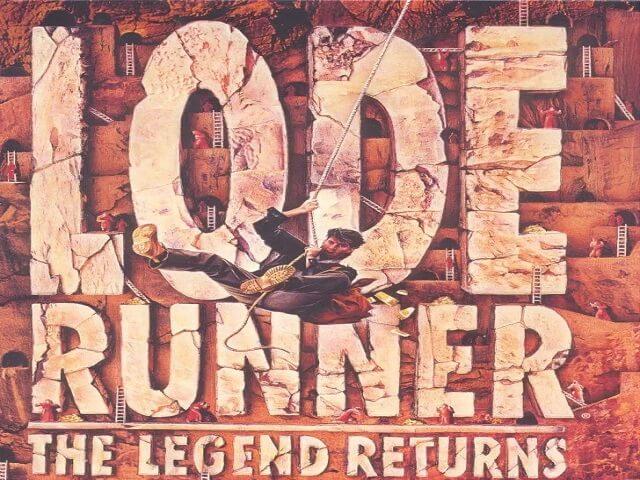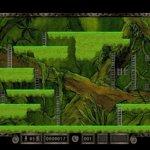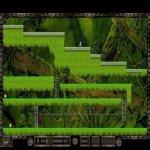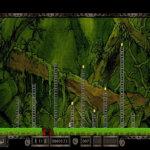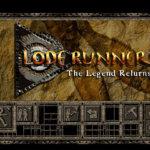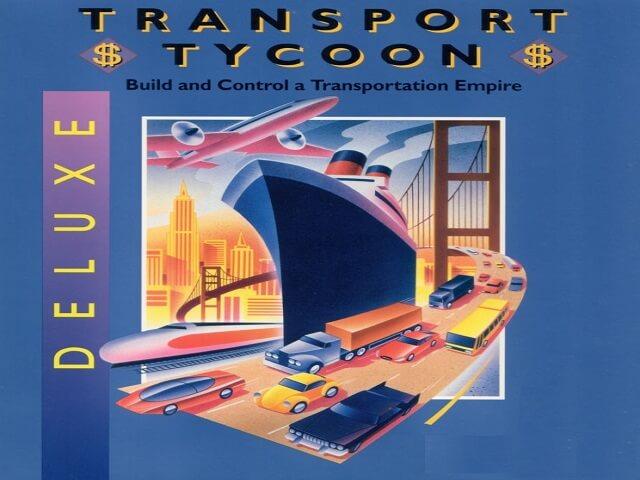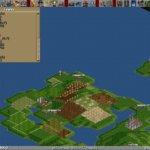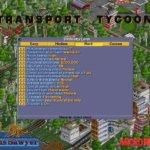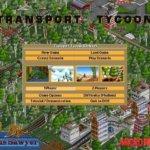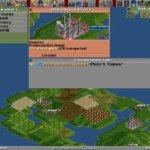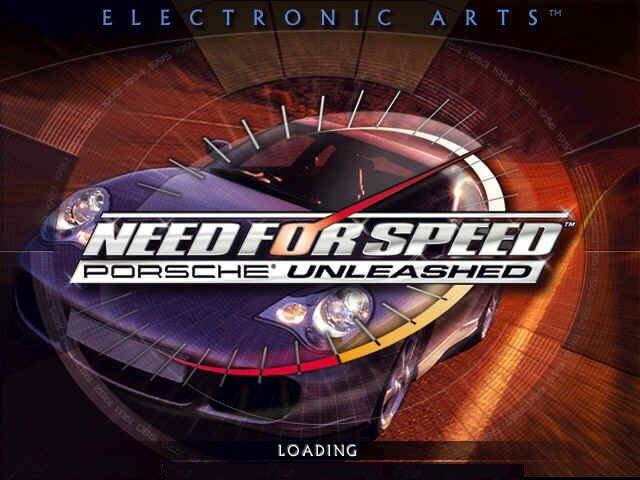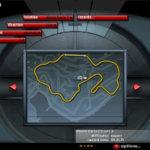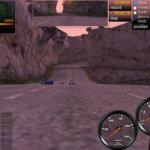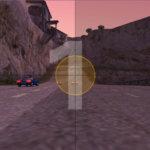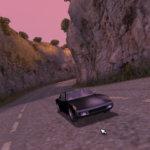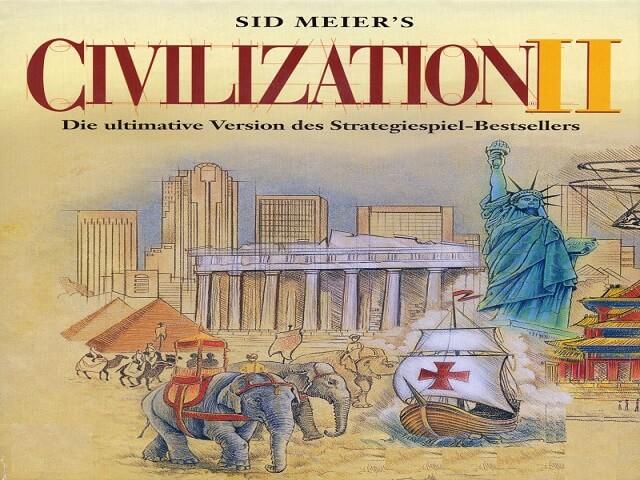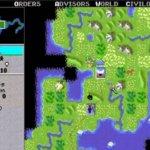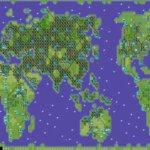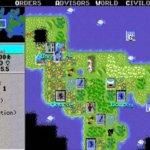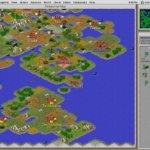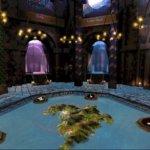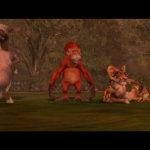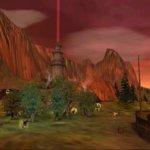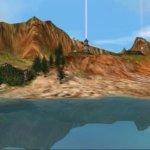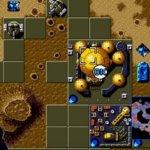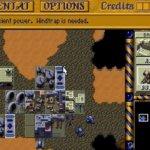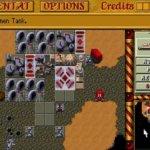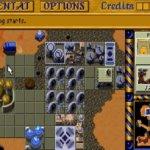Blog
-
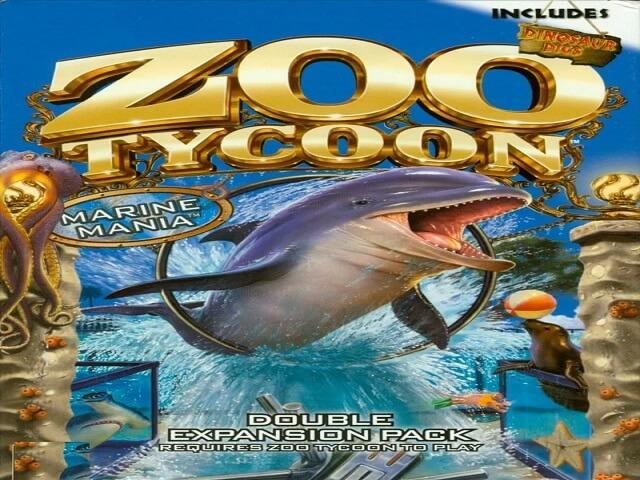
Zoo Tycoon (2001)
Game Description
Zoo Tycoon is a business simulation game published by Microsoft that was developed by Blue Fang Games. Although it was initially released in 2001 for Microsoft Windows and Macintosh, it was ported to the Nintendo DS in 2005. It was followed by two expansion packs, Dinosaur Digs and Marine Mania, in 2002, as well as a sequel, Zoo Tycoon 2, in 2004.
Publishers Microsoft Developers Blue Fang Games Release date 2001 Genre Simulation [title] Gameplay
Zoo Tycoon’s goal is to build a thriving zoo by building exhibits to accommodate animals and keeping guests and animals happy. Zoo Tycoon’s primary goal is to construct exhibits. Exhibits should be appropriate for the animal in order to keep both guests and animals happy; for example, a lion is best suited to a savannah environment. Terrain, foliage, rocks, shelters, fences, toys, and the presence of zookeepers all contribute to an exhibit’s suitability and animal happiness. The happiness of guests is determined by the animal selection, animal happiness, buildings, and scenery. Bathrooms, restaurants and food stands, shops, reptile houses, aviaries, and entertainment structures such as movie theatres are examples of buildings. Topiary art, light posts, and benches are examples of scenery that increase guest happiness slightly. Keeping both the animal and the guest happy allows the player to earn monetary rewards and maintain a consistent income. Players can hire maintenance workers, zookeepers, and tour guides to help manage the expanding zoo. If the animals escape from their enclosures, they have the potential to attack and even kill guests and employees.
Zoo Tycoon has three game modes: tutorial, scenario, and freeform. The tutorial teaches the player how to construct exhibits and keep visitors happy. In Scenario mode, the player must complete a series of objectives while adhering to strict time constraints. These goals may include achieving a certain level of guest and animal happiness, achieving a certain level of exhibit suitability, displaying a certain number of animals, or breeding a specific animal. The player has complete control over the amount of money and the map with which they begin in Freeform. They are shown an open lot with a limited selection of animals, buildings, and scenery for sale. More animals and items become playable as the game progresses. More animals and items can be researched, and money can be invested to make them playable.
Download [title]
We might have the game available for more than one platform. Zoo Tycoon is currently available on these platforms:
Windows (2001)
How to play in Windows
- Download Zoo_Tycoon_Win_ROM_EN.zip and extract the files to your desktop. You might need to use software such as 7-zip or WinRar to extract.
- After that, you want to mount the 2 ROM files found inside the downloaded folder, to do this you will need to use software such as Daemon Tools.
- When you have them mounted, run the setup found inside the mounted drive for the base game (not expansion) and finish installing the game. After, run the setup for the expansion and install it.
- Finally, you want to open the crack folder and copy-paste the files found inside into the game installation directory (right-click on the game desktop shortcut and select “open file location” to see the installation directory). Confirm you want to overwrite those files. Now you can run the game.
- Enjoy!
[title] Screenshots
Windows
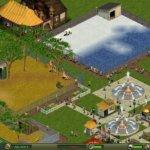

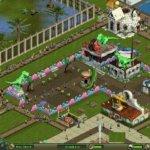
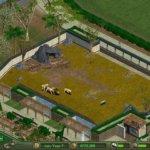
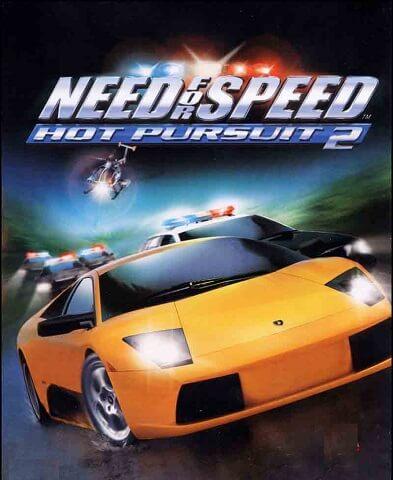
Need for Speed: Hot Pursuit 2
Game Overview: Unleashing the Thrill in Need for Speed: Hot Pursuit 2
Rev up your engines and dive into the heart-pounding world of Need for Speed: Hot Pursuit 2.
About the Game
Discover the exhilarating 2002 racing video game, Need for Speed: Hot Pursuit 2. Crafted by the skilled hands at EA Black Box, this release signals the series’ introduction to the sixth console generation, promising an adrenaline-fueled experience.
| Publishers | Electronic Arts |
| Developers | EA Black Box, EA Seattle |
| Release date | 2002 |
| Genre | Racing |
Download [title]
We might have the game available for more than one platform. Need for Speed: Hot Pursuit 2 is currently available on these platforms:
Windows (2002)
How to Play on Windows: A Step-by-Step Guides
Experience the Need for Speed: Hot Pursuit 2 adrenaline on your Windows PC.
1. Download and Installation
- Click the download button for a seamless redirect to your download.
- Ensure a smooth download process, avoiding internet disruptions.
- Extract the “Need for Speed Hot Pursuit 2” folder to your desktop.
2. Game Launch
- Open the game folder, then navigate to the “Files Game” section.
- Launch the game by double-clicking on “NFSHP2.exe.”
3. Alternative Installation Steps
- Access the “installation files” folder and run “setup.exe” or “AutoRun.exe.”
- Choose “Install” and input the CD-key: “8249-7ee3-84ew-txgt.”
- Complete the setup; if prompted for a CD-ROM, click “Ok” for additional steps.
4. Game Patching
- In the “Patch” folder within “Game Files,” run “NFSHP2_Setup_242.exe.”
5. Crack Application
- In the “crack” folder, copy “nfshp2.exe.”
- Paste it into the installation directory, replacing the existing file.
6. Additional Steps for Seamless Gameplay
- From the “installation files” folder, copy folders: “Actors, AI, Audio, Cars, Movies, Particle, Tracks.”
- Paste these folders into the game’s installation directory.
7. Launch and Enjoy
- Launch the game from the desktop shortcut.
- Run as an administrator or in compatibility mode for Windows 7 if encountering errors.
Bonus Content: Manuals and More
Dive into a richer Need for Speed: Hot Pursuit 2 journey by delving into extra files, patches, and manuals.
Uncover the specifics with the Need for Speed: Hot Pursuit 2 Xbox Manual (English) and the Need for Speed: Hot Pursuit 2 GameCube Manual (English).
Embark on a thrilling racing escapade with Need for Speed: Hot Pursuit 2 – an unparalleled gaming adventure beckons!
[title] Screenshots
Windows
